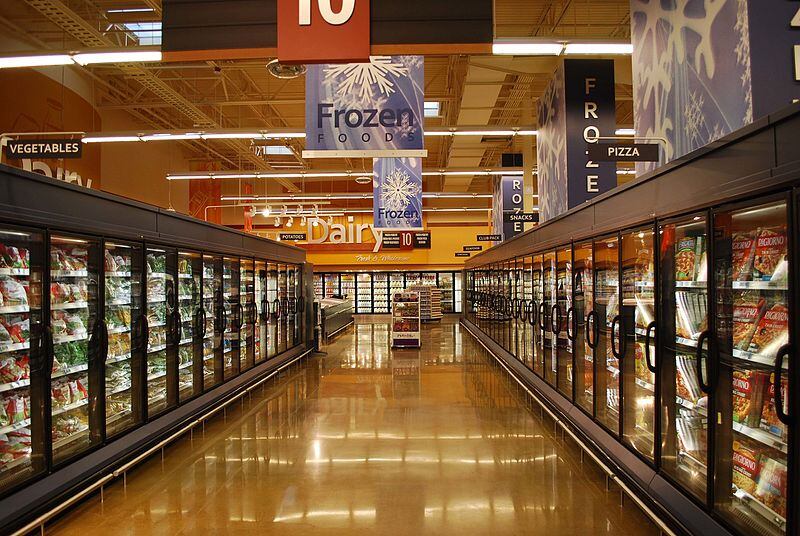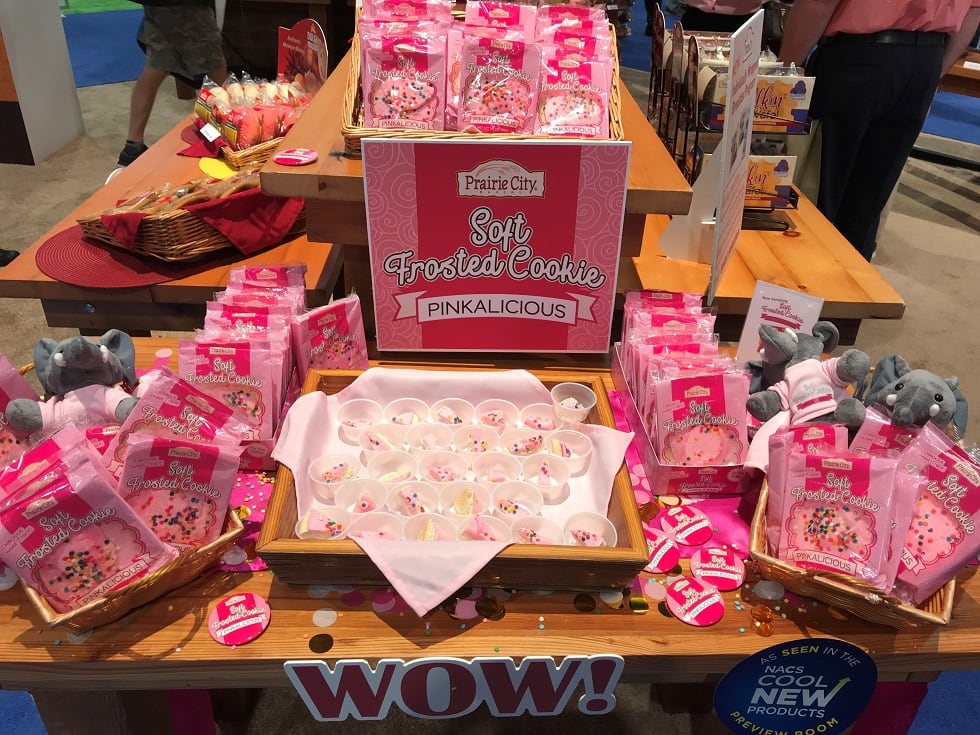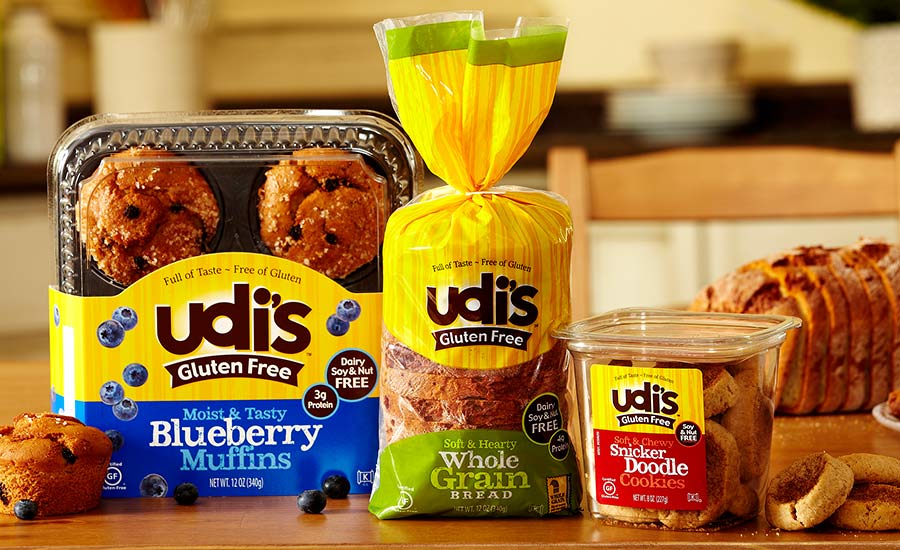According to Mintel, sales of frozen snacks were shaky between 2014 and 2016, but picked up last year, especially driven by private label brands, but also by CPG brands finding the balance between familiarity and innovation.
Sagging growth in coming years
Mintel reported the frozen snacks segment reached $4.81bn in sales in 2013, growing 1.2% year-over-year. However, the category declined by 1.5% to $4.74bn the following year.
Although sales resumed growth in 2015, reaching $4.83bn, they again declined by 0.3% in 2016, dropping to $4.82bn.
In 2017, sales from the US’ leading frozen snack companies notched a year-over-year 2.4% with the category hitting $4.92bn. Private label sales increased by 19%.
However, Mintel has anticipated slower growth for the category in coming years.
By the end of 2018, frozen snacks are forecast to reach $4.93bn in sales, growing a mere 0.2%. Between 2019 and 2022, the market research expects annual growth to falter between 0.6% to 0.9%, with sales only just hitting $5.08bn by the end of the forecast period.
Mintel explained the sagging growth is not a result of consumers removing frozen snacks from their diets, but rather an ‘increasingly competitive’ salty snacks category, which is estimated to grow 28% between 2017 and 2022.
‘The nearly $12bn salty snacks market continues turn in a strong performance driven by the increasing prevalence of snacking,’ it said, noting meat snacks, popcorn and cheese snacks are responsible for much of the growth.
Competitive strategies
Mintel noted frozen snack companies can potentially increase their sales by focusing on core demographics, such as parents, 85% of whom acknowledged their children eat frozen snacks.
The firm also noted ‘tradition’ has a large influence, as 29% of parents buy their kids the same frozen snacks they had when they were children.
However, Mintel warned these legacy brands should remove ‘red flag’ ingredients, such as high fructose corn syrup, to gain more consumer attention as ‘label reading is a clear priority for parents.’
It added frozen snack manufacturers will also need to highlight their products’ versatility for various at-home snacking or meal occasions.




